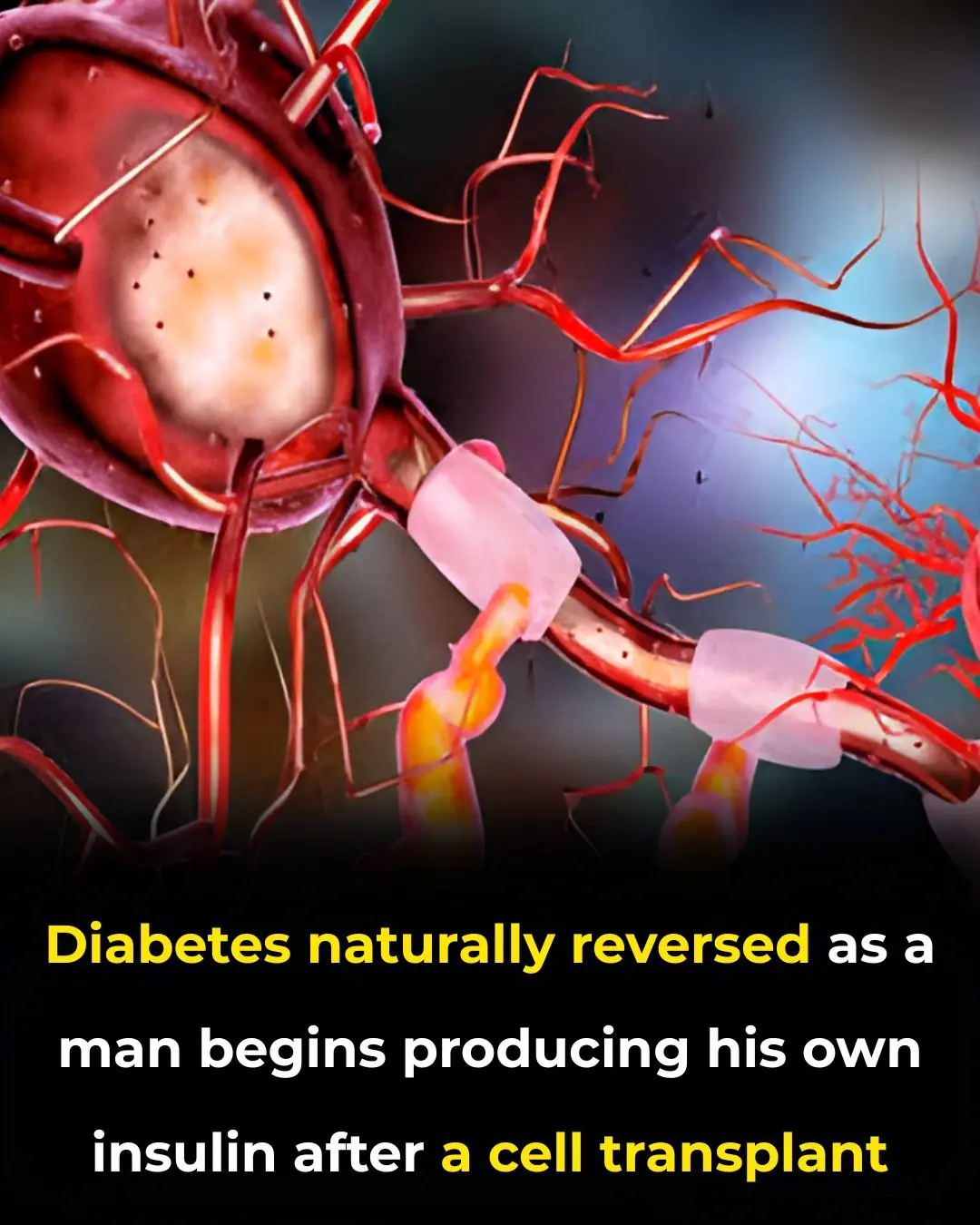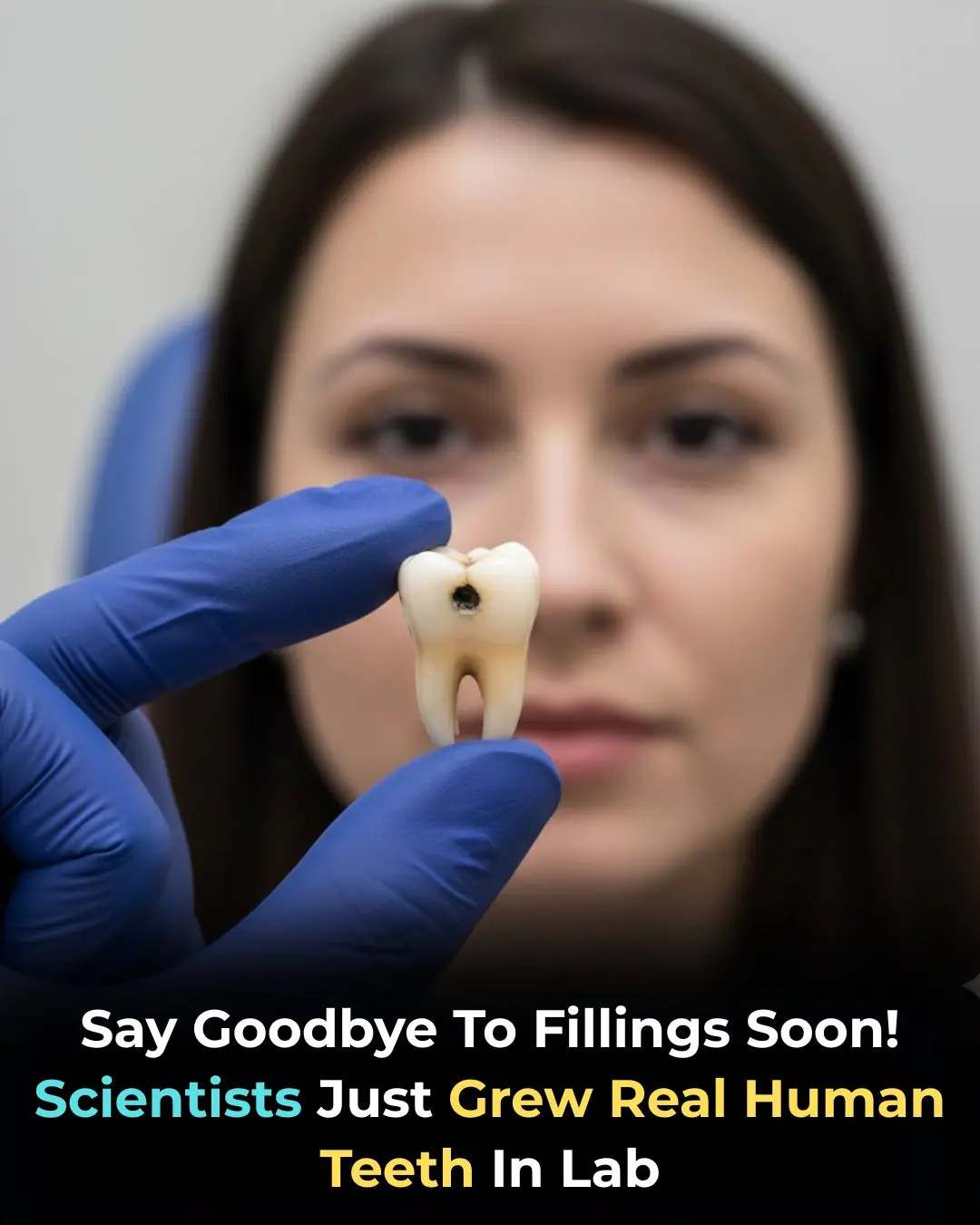
Groundbreaking Gene-Edited Cell Therapy Shows Promise for Type 1 Diabetes Cure
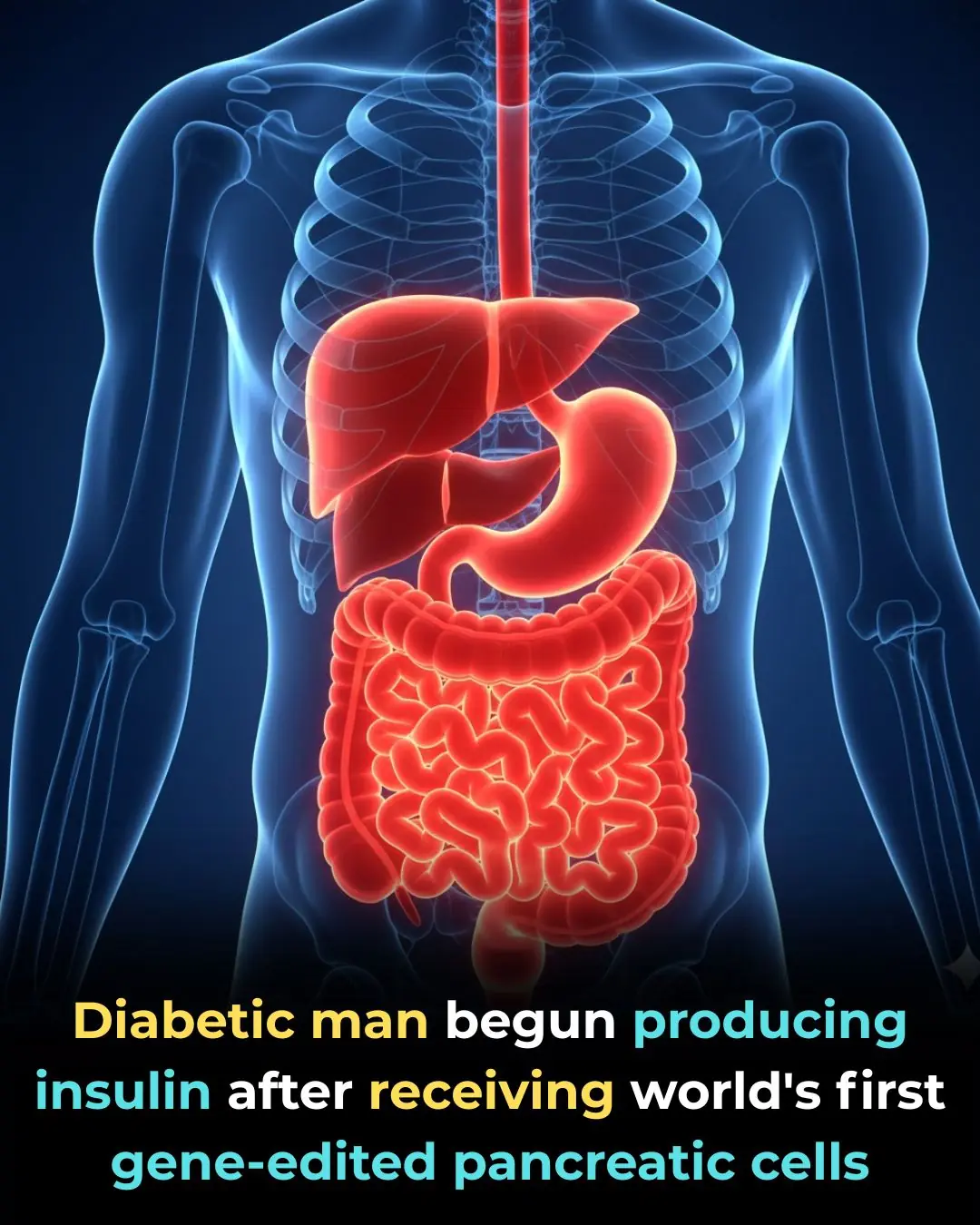
Type 1 diabetes, a chronic condition affecting millions worldwide, may soon face a revolutionary treatment. In an unprecedented medical milestone, a 42-year-old man with type 1 diabetes has begun producing his own insulin after receiving gene-edited pancreatic islet cells — and notably, he required no immunosuppressive drugs. This marks a transformative step toward potentially curing a disease long managed only through lifelong insulin therapy.
The Challenge of Type 1 Diabetes
Type 1 diabetes arises when the immune system mistakenly attacks the insulin-producing islet cells in the pancreas. Without these cells, the body cannot regulate blood sugar naturally, making patients dependent on daily insulin injections or pumps. In rare cases, pancreatic islet transplants are performed, but recipients must take powerful immunosuppressive drugs to prevent rejection, putting them at risk for infections and other serious side effects.
For decades, scientists have sought ways to replace or repair islet cells without triggering immune rejection — a challenge that has largely eluded the field.
A Pioneering Gene-Editing Approach
The recent breakthrough involves donor islet cells genetically engineered to evade the immune system. Using CRISPR-Cas9 gene editing, researchers made three critical modifications to the donor cells:
-
Removal of two key immune markers that normally flag transplanted cells as foreign
-
Addition of CD47, a protein that acts as a “don’t eat me” signal to protect cells from immune attacks
These edits were designed to allow the cells to survive and function in the patient’s body without immunosuppression.
The Procedure and Results
The 42-year-old patient received the gene-edited donor islet cells via injections into his forearm. Over the following weeks, researchers monitored the transplanted cells for survival, immune response, and insulin production.
-
By week 12, the surviving gene-edited cells began producing insulin in response to glucose — a sign that they were functioning like natural pancreatic islets.
-
Notably, only the cells with all three genetic edits survived; cells with incomplete edits were eliminated by the immune system, confirming the effectiveness of the gene-editing strategy.
-
While the patient still requires additional therapy to achieve full insulin independence, the experiment demonstrated, for the first time, that functional, gene-edited islet cells can survive and operate in a human body without immune suppression.
Why This Matters
This landmark case represents a major leap forward in regenerative medicine and the treatment of autoimmune diseases. Key implications include:
-
Potential elimination of lifelong insulin therapy for type 1 diabetes patients
-
Avoidance of immunosuppressive drugs, reducing the risk of infections and other complications
-
A proof-of-concept for gene-edited cell transplants, paving the way for future therapies for other autoimmune or degenerative diseases
Experts caution that this is only a first step, and further studies are needed to ensure long-term safety, optimize cell survival, and confirm efficacy in larger patient groups. Nonetheless, the results suggest a future where type 1 diabetes could be effectively cured rather than merely managed.
Looking Ahead
The success of this approach opens the door to personalized gene-edited therapies, where patients could receive cells engineered to function properly without triggering immune attacks. While not yet a full cure, this study demonstrates that the science to make a functional, immune-evasive transplant possible is now a reality.
As research continues, the day may soon come when type 1 diabetes no longer requires insulin injections or carries the lifelong risk of complications — a profound shift in medical history.
📄 Source: New England Journal of Medicine (2025)
News in the same category


The Brain Actively Erases Short-Term Memories to Boost Efficiency

Betelgeuse Nears Its Final Stage: A Supernova That Could Be Visible in Daylight

Deadly Mistakes to Avoid When Showering With Hot Water in Winter

2 Pork Parts That Contain a High Amount of Risky Cells — Stop Eating Them Before It’s Too Late

3 types of vegetables you shouldn’t eat raw — no matter how tasty or nutritious — because they can silently damage the liver

More and more people are developing kidney failure, and doctors warn that four common drinks are the “silent culprits.” It’s time to cut back.

I Had No Clue About This! Such an Interesting Trick My Nana Swore By

My Nana Swears by This! Just 1 Thin Slice a Week — Your Orchids Will Explode with Growth

The Keyless Car Trend Everyone’s Talking About

Nana’s Timeless Trick for Bringing Jewelry Back to Life
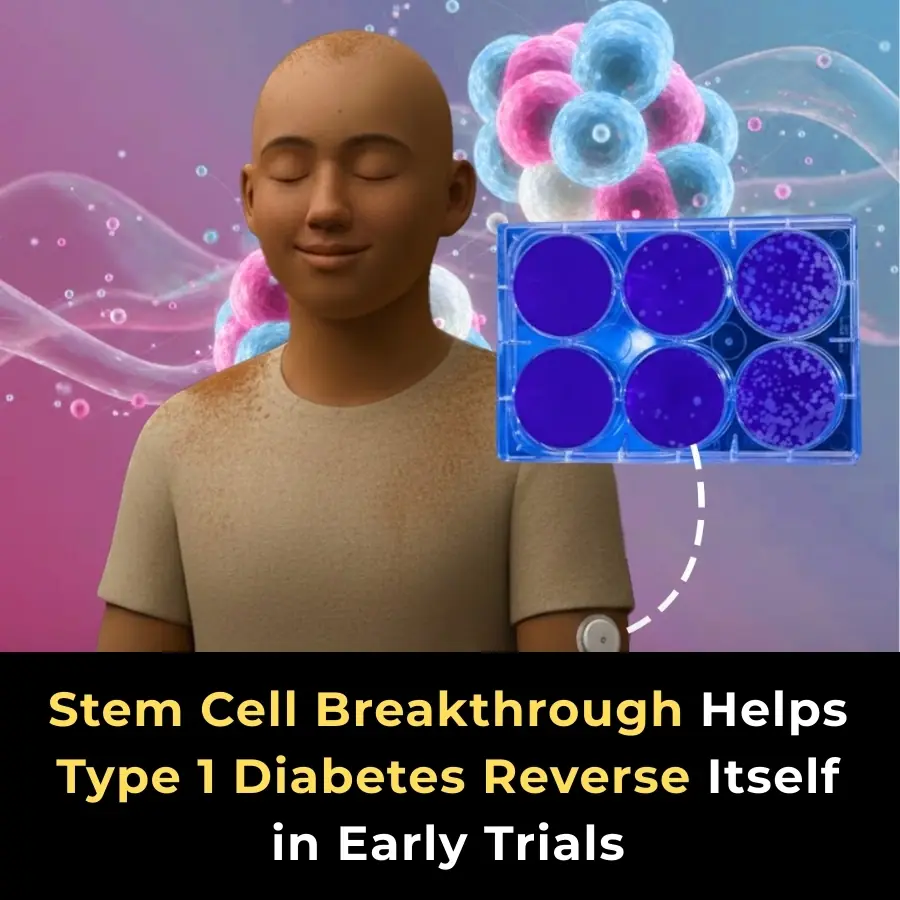
Stem Cell Therapy Restores Insulin Production in Type 1 Diabetes Patients

China Launches Hanyuan‑1: World’s First Commercial Atomic Quantum Computer

Keratin From Human Hair Could Revolutionize Tooth Enamel Repair

Amazon Lakes Heat to Dangerous Levels, Triggering Mass Wildlife Deaths

Nurse Promises Not to Laugh at This Man’s Problem

What Your “Odd Animal Out” Choice Says About You

As he nears 100, Dick Van Dyke, 99, makes a touching confession about his life

Local Washington State Park Changes Name Meaning To Honor Rosa Franklin, The States First Black Woman Senator
News Post

Scientists Grow Fully Functional Human Teeth in the Lab — A Breakthrough That Could Transform Dentistry Forever

The Surprising Healing Power of Onion Milk
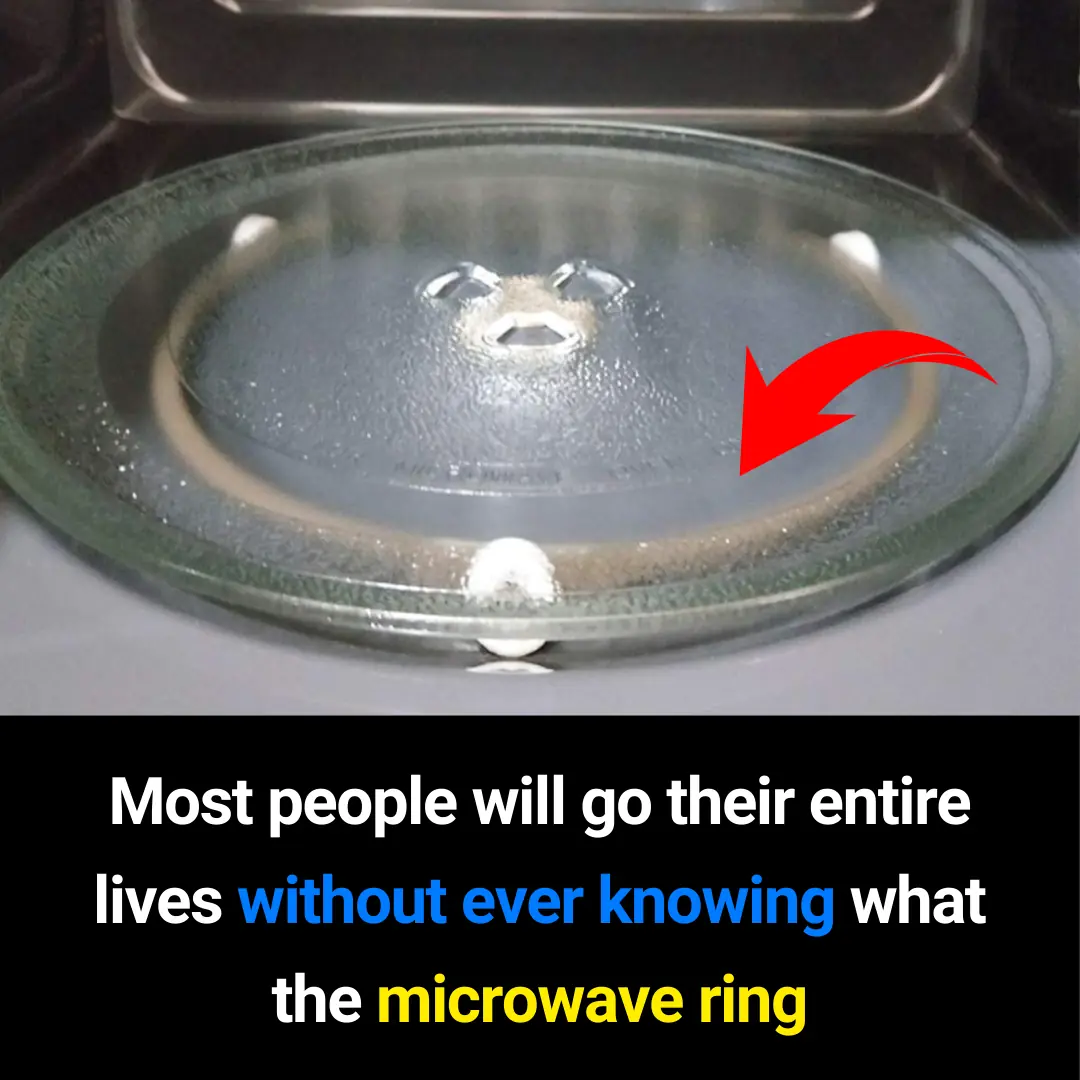
What Is a Microwave Ring Cover? Why This Small Part Matters More Than You Think (SEO-Friendly Guide)

The Netherlands Builds a 600-Meter Floating System to Clean Ocean Plastic: A Breakthrough for Global Marine Protection

✅ International Medical Recommendations for Treating Snakebites
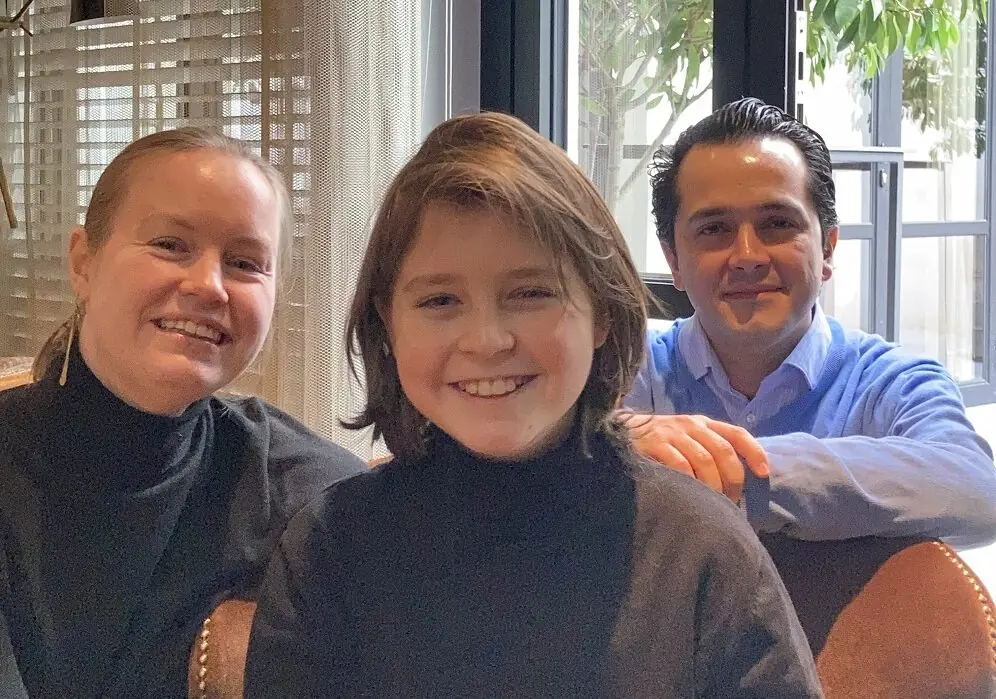
🌟 Belgium’s 15-Year-Old Prodigy Earns a PhD in Quantum Physics — A Remarkable Journey of Genius and Innovation 🌟

The Brain Actively Erases Short-Term Memories to Boost Efficiency

Betelgeuse Nears Its Final Stage: A Supernova That Could Be Visible in Daylight

Deadly Mistakes to Avoid When Showering With Hot Water in Winter

2 Pork Parts That Contain a High Amount of Risky Cells — Stop Eating Them Before It’s Too Late

3 types of vegetables you shouldn’t eat raw — no matter how tasty or nutritious — because they can silently damage the liver

More and more people are developing kidney failure, and doctors warn that four common drinks are the “silent culprits.” It’s time to cut back.

I Had No Clue About This! Such an Interesting Trick My Nana Swore By

My Nana Swears by This! Just 1 Thin Slice a Week — Your Orchids Will Explode with Growth

The Keyless Car Trend Everyone’s Talking About

Nana’s Timeless Trick for Bringing Jewelry Back to Life

Stem Cell Therapy Restores Insulin Production in Type 1 Diabetes Patients

China Launches Hanyuan‑1: World’s First Commercial Atomic Quantum Computer
